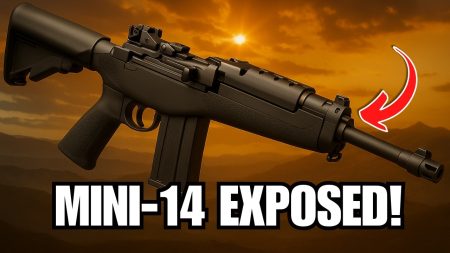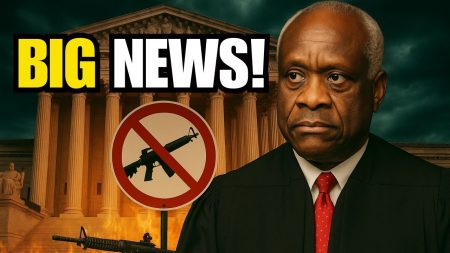Editor’s Note: Massad Ayoob served 19 years as Chair of the Firearms/Deadly Force Training Committee for the American Society of Law Enforcement Trainers (ASLET), more than 20 years on the Advisory Board for the International Law Enforcement and Educators Training Association (ILEETA), and 17 years of the Advisory Board of the Armed Citizens Legal Defense Network. This article is presented for discussion purposes and does not constitute legal advice. Please familiarize yourself with the federal, state and local laws in your area, and seek high-quality training and legal advice.
We often hear on the gun-related Internet something like, “Don’t take defensive shooting training! It will make you look in court like a psycho obsessed with killing people!”
Might the other side try to make that argument? Sure. Guess what: the accusing side’s job is to make you look bad. But if you can show the triers of the facts, the jury and the judge, that such an argument is BS, you’ve shown the jury that you’re telling them the truth and the other side isn’t, and that puts your side on the path to being proven innocent in court.
Total disclosure: I’ve been an instructor in firearms and judicious use of lethal force since 1972 and an expert witness for the courts in related matters since 1979. I make my living primarily in teaching these things, secondarily in writing about them, and tertiarily in testifying on these matters in court. Of course, it is in my financial interest to promote quality training.
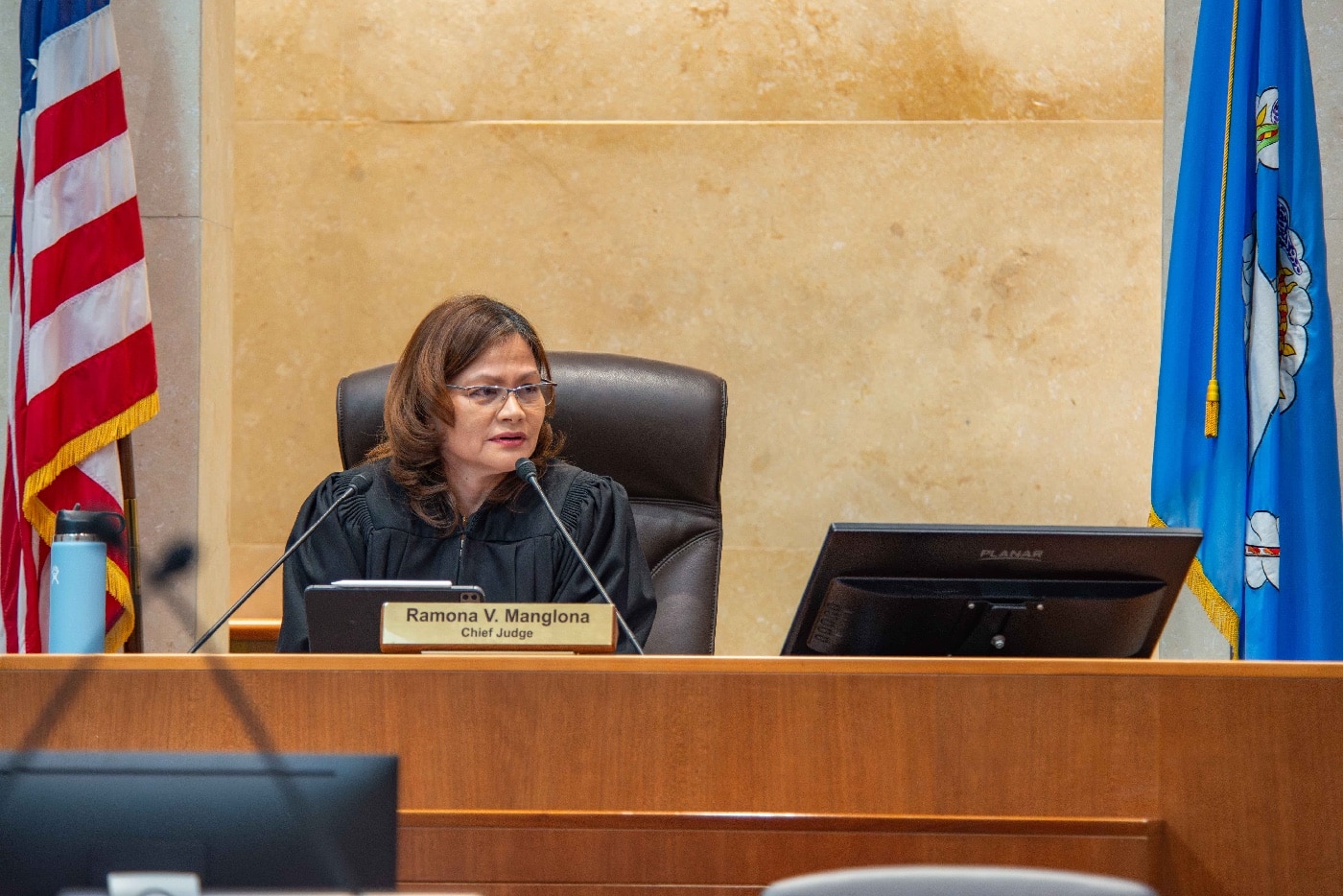
But I didn’t get into training because I could make money at it. I got into it because it can save lives, it can prevent mistaken shooting tragedies that cause terrible harm on both sides of the gun, and because solid, documentable training can exonerate those who are wrongfully accused of crimes for legitimately defending themselves.
Here’s how it works.
Don’t Take My Word For It
Founded in 1958, the National Association of Criminal Defense Lawyers comprises some 9,000 practicing members and is a tremendous resource of knowledge on how criminal trial law is actually practiced in the United States. I served two years in the 1990s as Co-Vice Chair of their Forensic Evidence Committee. I have learned a great deal from many of their members. Their monthly professional journal, Champion, is a sound source of valuable trial strategy advice.
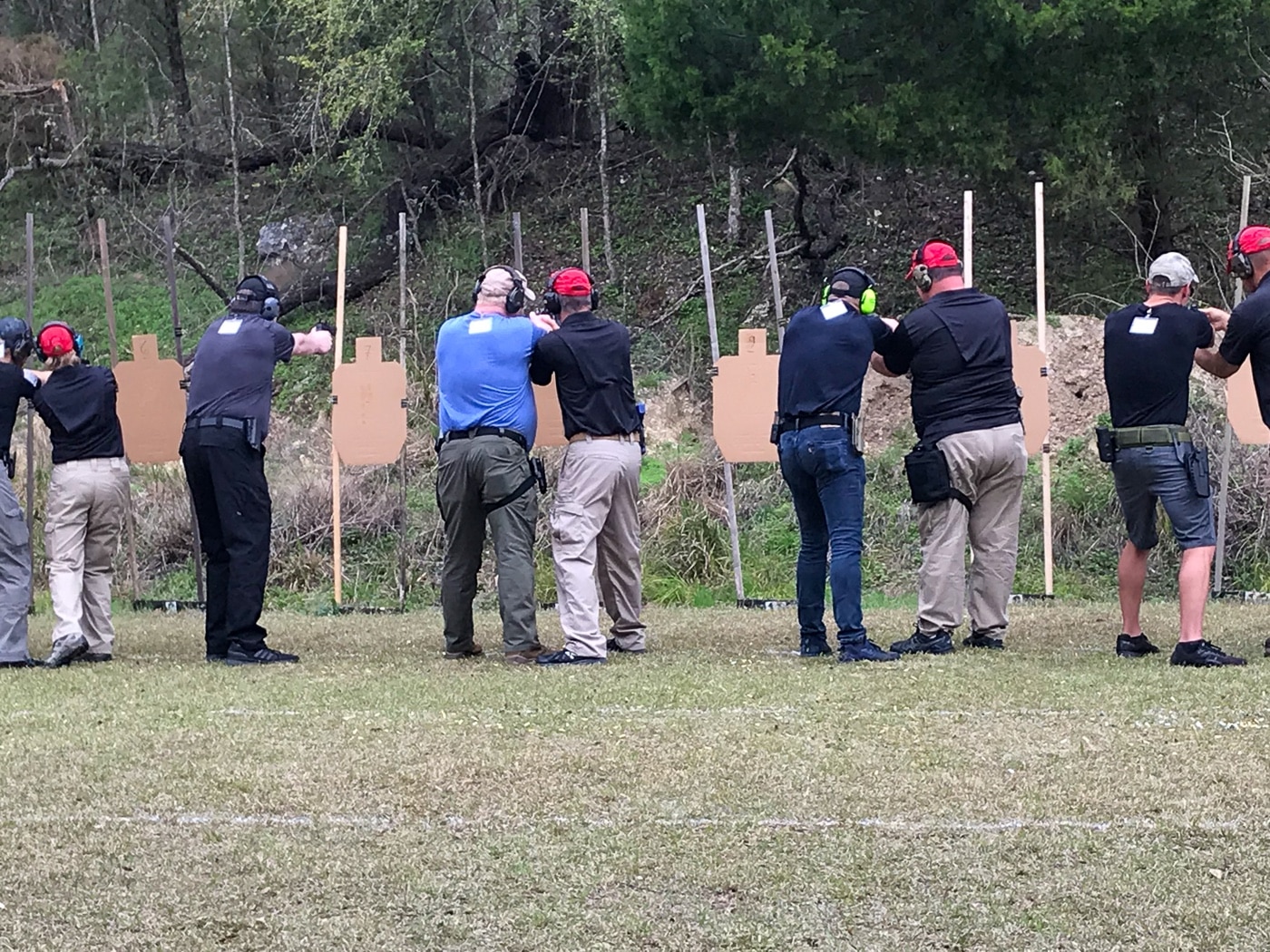
In their March, 2007 issue, they published the classic article “Defending the Self-Defense Case” by Attorney Lisa Steele. Ms. Steele is widely recognized as the nation’s leading appellate lawyer who specializes in cases that went wrong at the trial level and resulted in unmeritorious — that is, unjust — convictions. In that article, she wrote that the trained defendant is the most defensible!
Why? Because the documentation of training will show that the defendant who acted correctly was in fact within the law. How will that be shown? I invoke another famous denizen of the courts, the late Irving Younger. Younger earned fame as a trial lawyer, as a judge, and particularly as a trainer of other trial attorneys.
His most famous lecture was “The Ten Commandments of Cross Examination” in which he explained that all cross examination should be destructive, that is, should destroy the credibility of the witness whose testimony has been harmful to your case.
“Younger’s Rule of Three”
In one of his other lectures, Judge Younger pointed out that jurors aren’t tape recorders and can’t remember everything. He said something I’ve found to be absolutely true, and I call it “Younger’s Rule of Three.” He reminded us that the jury is being flooded with testimony, some of it contradictory or difficult to understand, and if they hear something once from one witness they may not even pick up on it. But Younger said if the jury hears the same thing from a second credible source, it’s going to be on their radar screen, and by the time they’ve heard the same thing a third time from a third credible source, the judge said, “No power on earth will convince them that it is not true.”
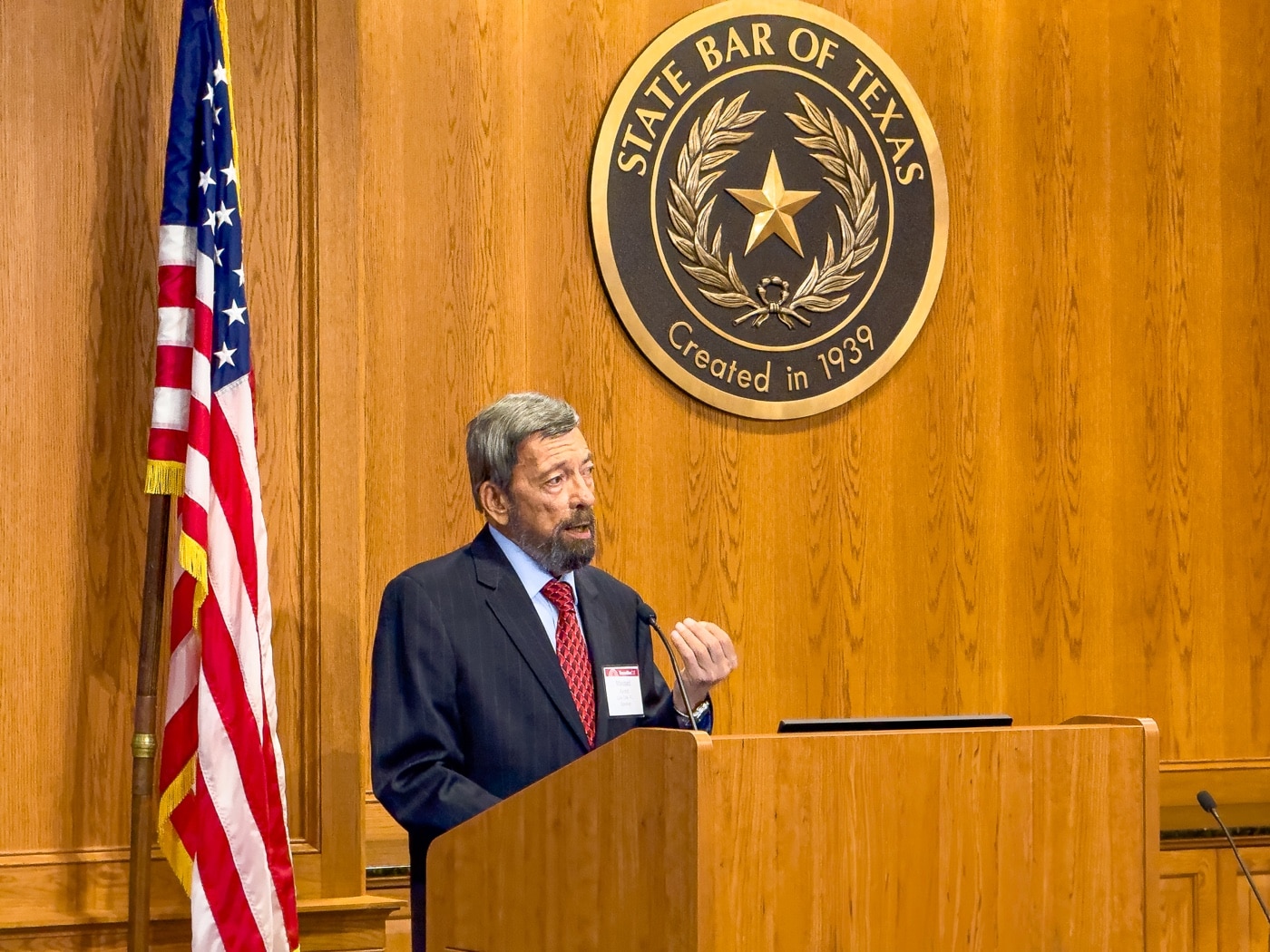
How does that apply in court? Let’s look at a police shooting case, where training is almost always documentable and easy to introduce in court. The agency’s lead use of force instructor testifies, “We taught this officer to handle it the way he did, and here is why.” That’s one. We bring in someone from that state’s POST (Police Officer Standards and Training) entity to show that the training the officer received from his or her agency comports with state-approved standards. That’s two. Then the defense lawyer calls in someone who teaches the same thing at the national level to testify that, yes, this training is in keeping with national standards for best practices. That’s three.
The winning strategy is this: to show the judge or jury that the defendant did what he or she was trained to do in such a life-threatening emergency, and what he or she was trained to do was in fact the right thing to do — that is, within the standard of common custom and practice for dealing with such emergencies. “Best practices.”

What about a private citizen who has never been to a police academy, and doesn’t have that sort of training? If they have taken training at a private school or state-mandated training for a carry permit, their instructor should be brought in to testify as to the training. That can be followed by a competent expert witness to testify to the same thing at a national standard level. Finally, the defendant himself testifies as to what he understood the training to be, and explains how he correlated that training with the situation he faced in the incident and the action he took. That’s three credible testimonies.
Defeating the “Trained to Kill” Argument
If you have been to a “Self-Defense Shooting School” and the other side tries to paint you as a “trained killer,” do not despair. That training could be some of your strongest defense.
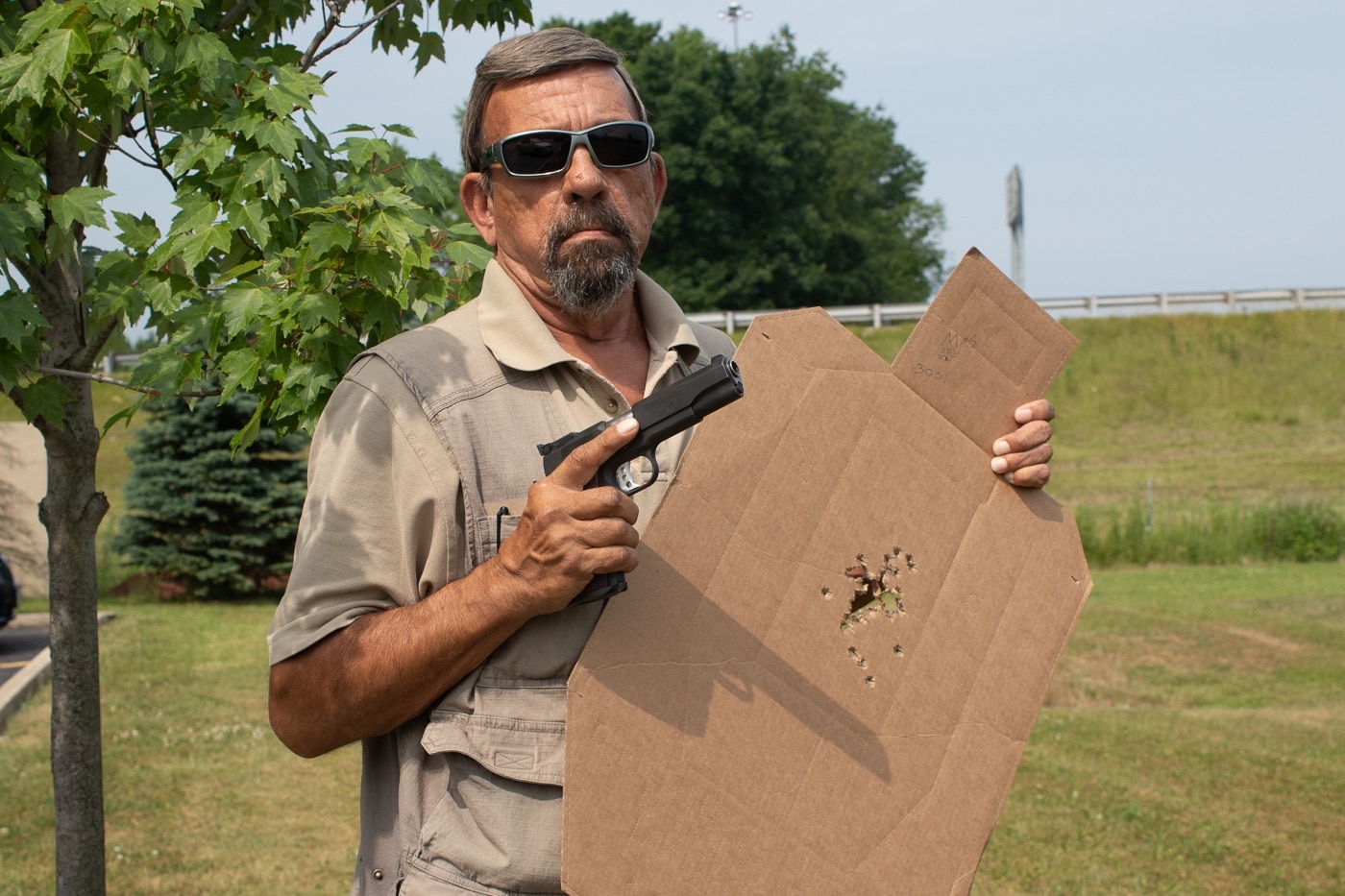
Your side can bring in someone like court-proven expert witness Karl Rehn, who did the study with the Texas Department of Public Safety, the issuing authority for carry permits in that state, which showed that only one out of a hundred permit-holders ever went beyond the minimum-mandatory training.
Now, when the other side tries to show that you were incompetent or acted wrongly, your side can show that you were the 1% who took your responsibility so seriously that you went above and beyond the requirements to make sure you never made a mistake with the power with which you had been entrusted!
Let me again invoke NACDL and their journal, Champion. In their June 2025 issue, their cover story was an article titled “Advanced Cross-Examination: Impeachment by Violation of Training” by Larry Pozner, the attorney who has taken over the mantle of the late Judge Younger as the most famous lawyer-trainer in the area of cross-examination.
The long, detailed article shows how to destroy the credibility of an arresting or investigating officer by showing they did not follow their training. Now, what is the corollary lesson? It is that if testimony shows that the person in question did follow their training, they are virtually unimpeachable — that is, the opposing side probably can’t convince the judge or jury that they did the wrong thing!
Obviously, you want your training to be solid and unimpeachable. Not “kill ’em all and let God sort ’em out” ridiculousness, but the kind of training cops and lawyers who carry guns themselves, seek out. In the time of the internet, there are many AARs (After Action Reports) by students on the many self-defense classes now available. Do your research before you pay for training.
Good training can save your life on the street, and good training can help prove your innocence in the courtroom.
Editor’s Note: Please be sure to check out The Armory Life Forum, where you can comment about our daily articles, as well as just talk guns and gear. Click the “Go To Forum Thread” link below to jump in!
Join the Discussion
Read the full article here






